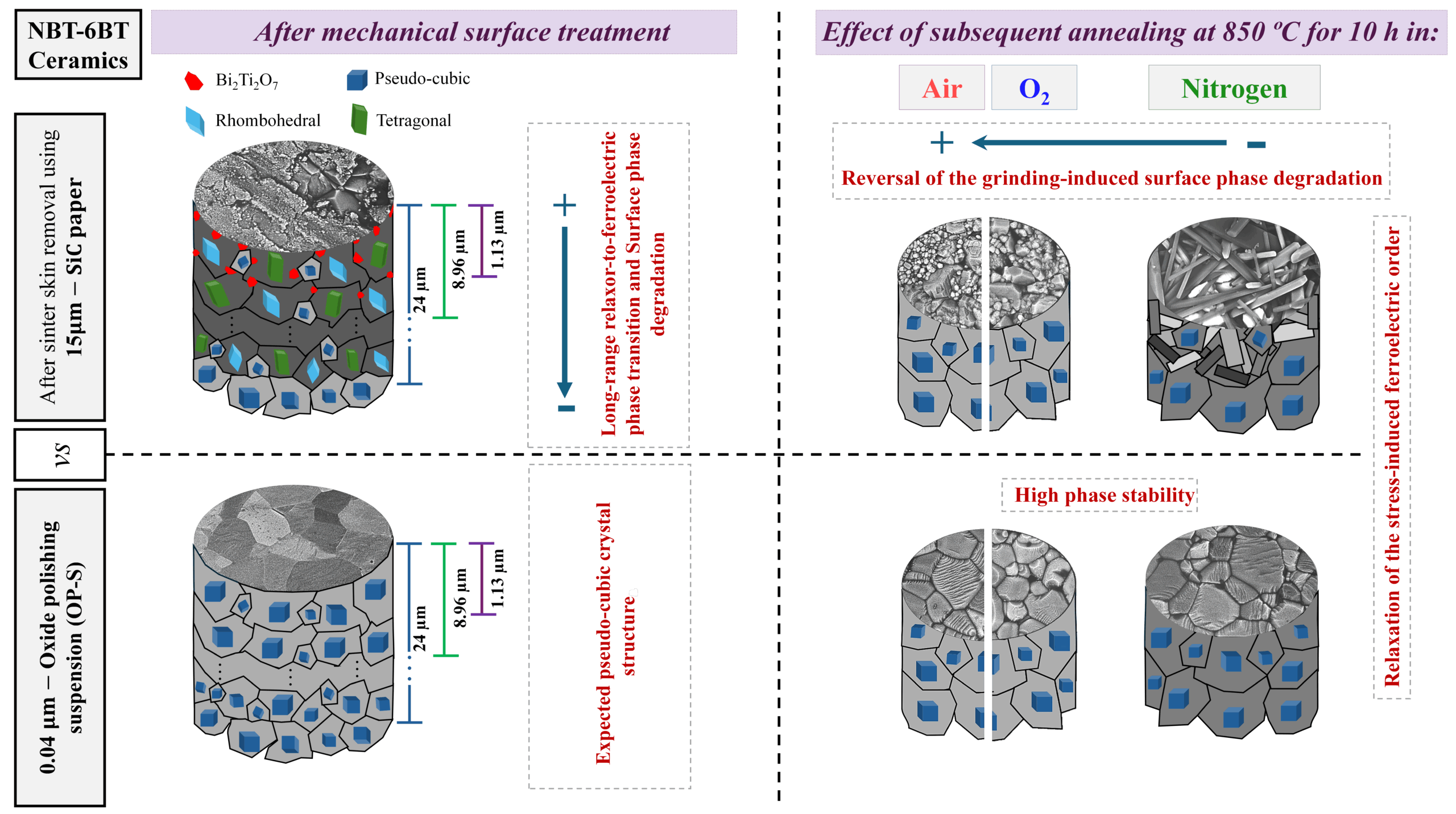
[Image above] Thanks to neutron scattering data collected and analyzed at Oak Ridge National Laboratory, researchers have a new way to predict the fragility of aluminosilicate glasses based on their structure. Credit: Oak Ridge National Laboratory
Glass is a bedrock of our current society, serving as everything from beverage containers and building insulation to electronic device screens and wound care scaffolds. Despite the material’s ubiquity in everyday life, many unknowns remain about the fundamental properties of glass-forming systems. For example, the structural origin of fragility.
Fragility describes how rapidly the particles in a supercooled liquid stop moving in a collective manner as the material is cooled toward the glass transition, i.e., the point at which it can reversibly transform between a rubbery or viscous state and a rigid, glassy state. Materials with a high fragility will transition quickly into a glass, whereas materials with a low fragility take longer to transform.
Knowing a material’s fragility allows manufacturers to optimize the melting and forming processes during glass fabrication. So, measuring this property is a worthwhile endeavor.
Fragility is defined based on the temperature dependence of the supercooled liquid’s viscosity, and as such it is measured by both viscometry/dilatometry and calorimetry techniques. However, these measurement techniques, in addition to being labor-intensive and time consuming, are often plagued by a high level of systematic error.
Rather than viscosity, identifying structural parameters that correlate with fragility could enable a straightforward method for predicting this property without cumbersome experiments.
Currently, there are two approaches to interpret fragility based on structure: the temperature-dependent constraint theory advanced by Gupta and Mauro (here and here) and the coarse-grained model by Sidebottom (here and here).
These approaches are based on the linkages between a glass’s network-forming cationic species (A) and oxygen atoms. However, while the former theory considers A–O–A linkages on the short-range level (constraints per atom), the latter theory considers the longer-range order (coordination number). Regardless, both approaches can be used to derive universal interpretations of fragility for a wide range of glass-forming liquids.
In a recent open-access paper, researchers led by Corning Incorporated propose a new approach that considers A–O–A linkages on an even longer length scale, i.e., the medium-range atomic ring structure. It is designed solely for use with the industrially relevant aluminosilicate glass system rather than being a universal descriptor like the other two approaches.
To develop this method, the Corning researchers worked with colleagues at Oak Ridge National Laboratory, the University of California, Los Angeles and the University of Oxford to run experiments on NOMAD, a neutron diffractometer beamline at Oak Ridge’s Spallation Neutron Source. The data gathered from these experiments were then analyzed using a new neutron scattering data analysis tool, RingFSDP, developed by Corning and Oak Ridge scientists.
Their analysis revealed that small atomic ring structures are more unstable and deform more easily than large atomic ring structures. As such, glasses with a higher proportion of small rings will have higher fragility, whereas glasses with a higher proportion of large rings will have lower fragility.
In an Oak Ridge press release, senior author Douglas Allan, Corporate Research Fellow at Corning, says that this finding as well as others that connect underlying structural features to a glass’s fragility “will have a significant impact on glass design and production.”
The open-access paper, published in Nature Communications, is “Revealing the relationship between liquid fragility and medium-range order in silicate glasses” (DOI: 10.1038/s41467-022-35711-6).
Author
Lisa McDonald
CTT Categories
- Basic Science
- Glass


